Cargando...
Recursos educativos
-
Nivel educativo
-
Competencias
-
Tipología
-
Idioma
-
Tipo de medio
-
Tipo de actividad
-
Destinatarios
-
Tipo de audiencia
-
Creador
Lo más buscado
-
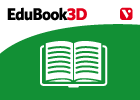
-
Forms of energy
EduBook Organización
- 1926 visitas
1.1. Energy Energy is a property of matter which gives it the ability to produce change in its own physical and chemical properties and in those of other bodies. 1.2. The main forms of energy The main…
-
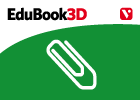
The metamorphosis of a butterfly
EduBook Organización
- 1878 visitas
This diagram shows the metamorphosis of a butterfly. After it is born, the butterfly goes through three stages: Larva (caterpillar): it hatches from the egg and begins eating and growing. Pupa…
-
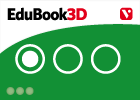
Autoavaluació final T15 02 - L'art del segle XX
EduBook Organización
- 1802 visitas
Tria la resposta correcta: Què és la Bauhaus? Com es deia l'escola a la qual pertanyien els artistes alternatius als moviments d'avantguarda? En quina dècada va sorgir la tendència anomenada…
-
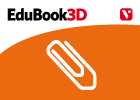
Temperature and insect growth
EduBook Organización
- 1769 visitas
The body temperature of an insect varies according to the temperature of its surroundings. This is why insects grow more quickly in summer and more slowly in autumn and winter. Each species has its own…
-
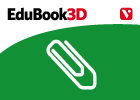
What are our teeth made of?
EduBook Organización
- 1742 visitas
Each tooth is divided into two parts: the crown, which we can see, and the root, which is fixed into the jaws. The centre of the tooth contains blood vessels and nerves, which allow us to feel pain.…
-
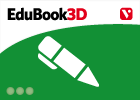
Observe. The nervous system
EduBook Organización
- 1744 visitas
Look at the photos: Which photo shows a physical activity? Which organs in the body are important for this type of activity? Which sense organs are being used in each photo? Which abilities does the…
-
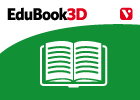
The digestive system (I)
EduBook Organización
- 1720 visitas
The digestive system is the group of organs that digest food, absorb nutrients and expel undigested waste. It contains the alimentary canal and the digestive glands. The alimentary canal The alimentary…
-
-
Final self-evaluation 8.06 - The Great Geographical Discoveries
EduBook Organización
- 1661 visitas
Match the definition with the correct concept: Agreement between Castile and Portugal on how to divide the lands they colonised in America. Body created in Seville to control trade between America and…
Te estamos redirigiendo a la ficha del libro...













